Related Movies
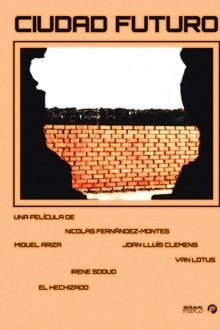
CIUDAD FUTURO (2024)
Crossing the vast outskirts of the big city we can glimpse that after the great future catastrophes there will still be room for the promise of a new youth, perhaps the last one.

Letter to Hong Kong (2018)
Away from her home in Hong Kong, Vivi records her daily life as a member of Loona in a video letter to her parents.

Living in a Reversed World (1958)
Fascinating -- and unintentionally funny -- experiments at Austria's famed Institute for Experimental Psychology involve a subject who for several weeks wears special glasses that reverse right and left and up and down. Unexpectedly, these macabre and somehow surrealist experiments reveal that our perception of these aspects of vision is not of an optical nature and cannot be relied on, while the unfortunate, Kafkaesque subject stubbornly struggles through a morass of continuous failures.
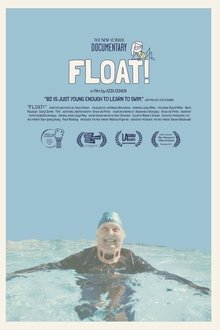
FLOAT! (2023)
With depth, intimacy, and humor, FLOAT! captures filmmaker Azza Cohen's magnetic grandma’s life-affirming journey learning to swim at 82, inspiring audiences to defy societal expectations of aging and to boldly look forward at every stage.

La diga del ghiacciaio (1955)
This documentary shows the construction of a high-altitude dam by the Sabbioni Glacier, and the daily struggles of the workers, now anxious for the outbreak of a mine, now silent for the nostalgia of the distant family.

An Asian Ghost Story (2023)
A cinematic and conceptually inventive film that explores the haunting memories of Asia’s late 20th-century modernization through the large-scale export of wigs during the Cold War. Yet, in every wig resides a ghost from the imperial past.
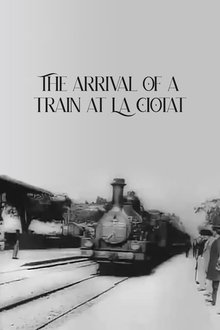
The Arrival of a Train at La Ciotat (1896)
A group of people are standing along the platform of a railway station in La Ciotat, waiting for a train. One is seen coming, at some distance, and eventually stops at the platform. Doors of the railway-cars open and attendants help passengers off and on. Popular legend has it that, when this film was shown, the first-night audience fled the café in terror, fearing being run over by the "approaching" train. This legend has since been identified as promotional embellishment, though there is evidence to suggest that people were astounded at the capabilities of the Lumières' cinématographe.

Listen To the Wallflowers (NaN)
Extroversion is an attractive description, but why do we idealize this personality trait more highly? LISTEN TO THE WALLFLOWERS is a poetic short documentary about the need for quietness and spending time alone in a world that can't stop talking.
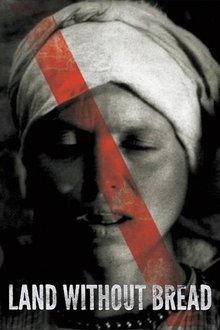
Land Without Bread (1933)
An exploration —manipulated and staged— of life in Las Hurdes, in the province of Cáceres, in Extremadura, Spain, as it was in 1932. Insalubrity, misery and lack of opportunities provoke the emigration of young people and the solitude of those who remain in the desolation of one of the poorest and least developed Spanish regions at that time. (Silent short, voiced in 1937 and 1996.)

42 One Dream Rush (2010)
Collection of short films by various directors based on dreams, 42 seconds each. It was produced by the world's most awarded vodka "42 Below", known for doing things differently , with other Chinese User Generated Films.

Which Is Scary (1991)
A set of seven portraits consisting of personal accounts from the lives of gays and lesbians. The narration includes stories about coming out, bashing, cross-dressing and AIDS.
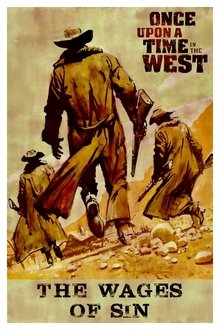
The Wages of Sin (2003)
Second part of a three-part documentary series on the making of Once Upon a Time in the West, Italian filmmaker Sergio Leone's masterpiece, released in 1968. (Preceded by An Opera of Violence; followed by Something to Do With Death.)

Something to Do with Death (2003)
Third part of a three-part documentary series on the making of Once Upon a Time in the West, Italian filmmaker Sergio Leone's masterpiece, released in 1968. (Preceded by The Wages of Sin.)

The Allegory of The Bla Bla Bla (Video Edition) (2023)
This work is an attempt to overcome alienation amidst the fragmented construction reality of everyday narrative. Rethinking the meaning of reflections and shadows, framed subjects, body movements, screen, as well as sounds that are constructed by connecting the expression of their existence with the history of representation in modern art.
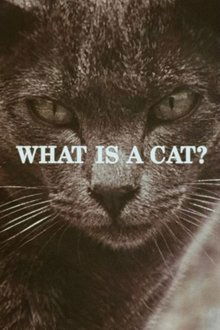
What Is a Cat? (1972)
Presents the history of the domestic cat, tracing the animal as a house pet and as a symbol of mystery and worship from ancient Egypt to the present day. Offers hints on the care and treatment of cats in homes of today.

Skinningrove (2013)
A photographer shares unpublished images chronicling time spent among the 'fiercely independent' residents of a remote English fishing village.
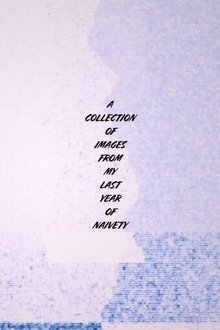
A Collection of Images From My Last Year of Naivety (2024)
Three weeks to make three films. Filmed in my last semester before College. "Time", "One Night", "8x8".

Pure Imagination: The Story of 'Willy Wonka & the Chocolate Factory' (2001)
Retrospective documentary on the making of the cult classic "Willy Wonka & the Chocolate Factory."

X-Ray Audio: The Documentary (2016)
Cold War Leningrad: In a culture where the recording industry was ruthlessly controlled by the state, music lovers discovered an extraordinary alternative means of reproduction: they repurposed used x-ray film as the base for records of forbidden songs. Giving blood every week to earn enough money to buy a recording lathe, one bootlegger Rudy Fuchs cuts banned music onto such discarded x-rays to be sold on street corners by shady dealers. It was ultimate act of punk resistance, a two-fingered salute to the repressive regime that gave a generation of young Soviets access to forbidden Western and Russian music, an act for which Rudy and his fellow bootleggers would pay a heavy price.
